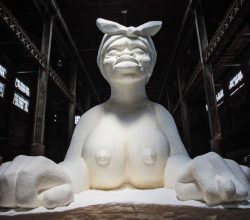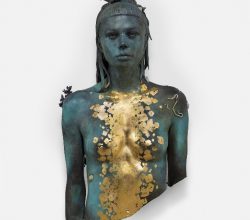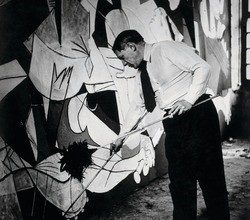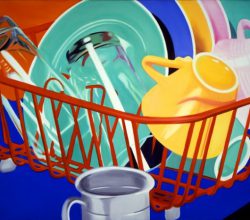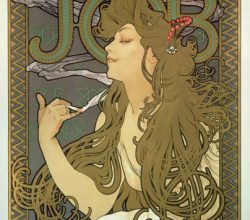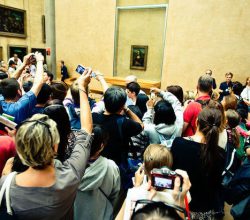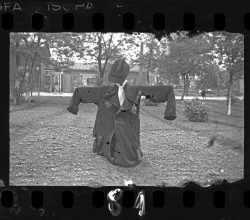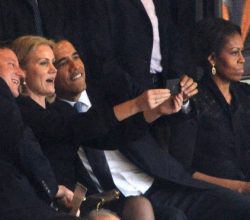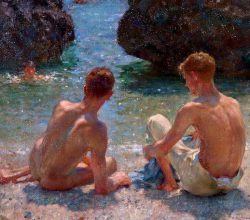
Colouring Out: Queer British Art At The Tate
Fisun Güner | The Quietus | 8th April 2017
Before homosexuality was decriminalized in Britain, secrecy was a requisite part of a gay man’s life. Art about the gay experience was thus discreet, coded. This show, a welcome first for establishment Britain, mostly attracts praise but also some debate. Reflecting the topic’s history and complexities, one critic notes that “the show tears itself apart between a narrative and an aesthetic experience.” More images are here.

